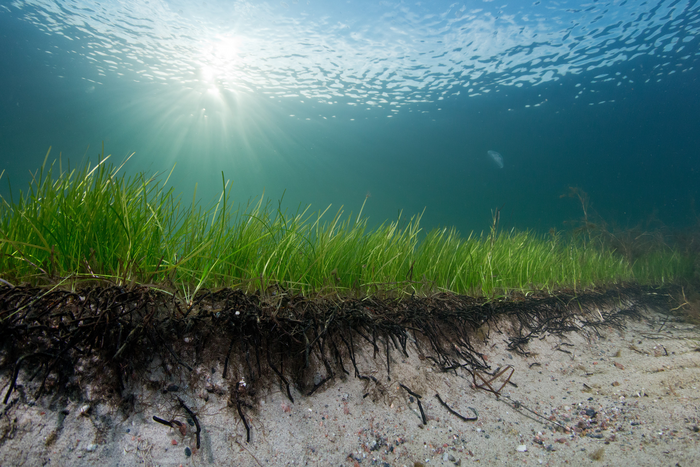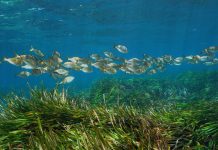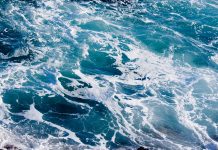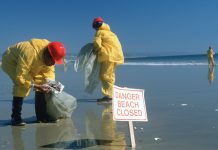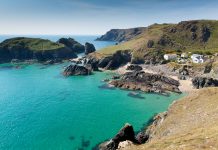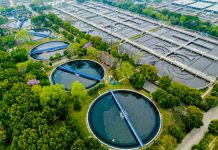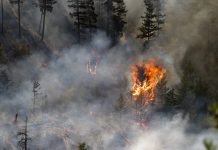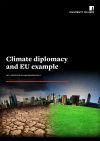According to research from the University of Gothenburg, seagrass can bind its root mats to the sand and reduce cliff erosion by up to 70%
“We have seen that seagrass meadows in the coast are valuable assets in mitigating erosion. We already know that their long canopies serve as breakwaters but, now we can show that their root mats also bind together the underwater sand dunes, effectively reinforcing them,” says Eduardo Infantes, a Marine Biologist at the University of Gothenburg and the lead author of the study.
Coastal erosion is a global problem whereby the sea devours large tracts of land when storms wash the sand out to sea from the coast. As a result, coastal erosion occurs, deeply damaging our environment.
However, a new study from the University of Gothenburg and led by Infantes, has shown that seagrass can reduce cliff erosion by up to 70% thanks to its root mats binding the sand.
12% of Skåne’s coastline vulnerable to coastal erosion
According to a 2016 Geological Survey of Sweden survey, 12% of Skåne’s coastline in southern Sweden is vulnerable to increased rates of coastal erosion. In other countries, this is an even bigger problem.
In the Netherlands, there are some solutions available to combat coastal erosion. For example, the coastline is protected through the construction of dikes made from stone and mud. Another solution is to utilise nature’s own defences, such as seagrass, against coastal erosion. This study has proven the significance of seagrass in preserving the coastline and preventing coastal erosion.
Seagrass meadows valuable assets in mitigating erosion
“We have seen that seagrass meadows in the coast are valuable assets in mitigating erosion. We already know that their long canopies serve as breakwaters, but now we can show that their root mats also bind together the underwater sand dunes, effectively reinforcing them,” explains Infantes.
Common eelgrass grows along Sweden’s coasts and in large quantities in Skåne. In other places, the seagrass has disappeared altogether. Not only is this loss of seagrass an ecological issue, but it also presents a further problem: it means that the coast becomes more vulnerable to erosion.
As the climate changes, storms risk becoming more powerful, which can lead to increased coastal erosion. Approximately 8% of the world’s population lives in areas that are less than 10 metres above sea level, and so rising sea levels may see many people affected by coastal erosion.
“This is why it is even more important to preserve those seagrass meadows that still exist today and to replant seagrass in those places where it has disappeared. In our research, we have made successful attempts to restore common eelgrass meadows on the Swedish west coast, but if such replanting efforts are to succeed, there is a need for detailed studies of the current status seabed environment,” Infantes concludes.
How did researchers study the effect of seagrass on coastal erosion?
In order to conduct this study, researchers took samples of sandy sediments with and without common eelgrass from several sites and placed them in a large tank capable of simulating waves.
The experiments demonstrated that waves erode the sand far less when seagrass grows. The researchers also took samples from muddy seabeds but found that the effect of the seagrass there was less. However, this matters less since muddy seabeds are most commonly found in fjords and other areas that are less exposed to waves.
Editor's Recommended Articles
-
Must Read >> We can’t protect our climate without ocean action
-
Must Read >> Only 15% of coastal areas are still intact, globally



